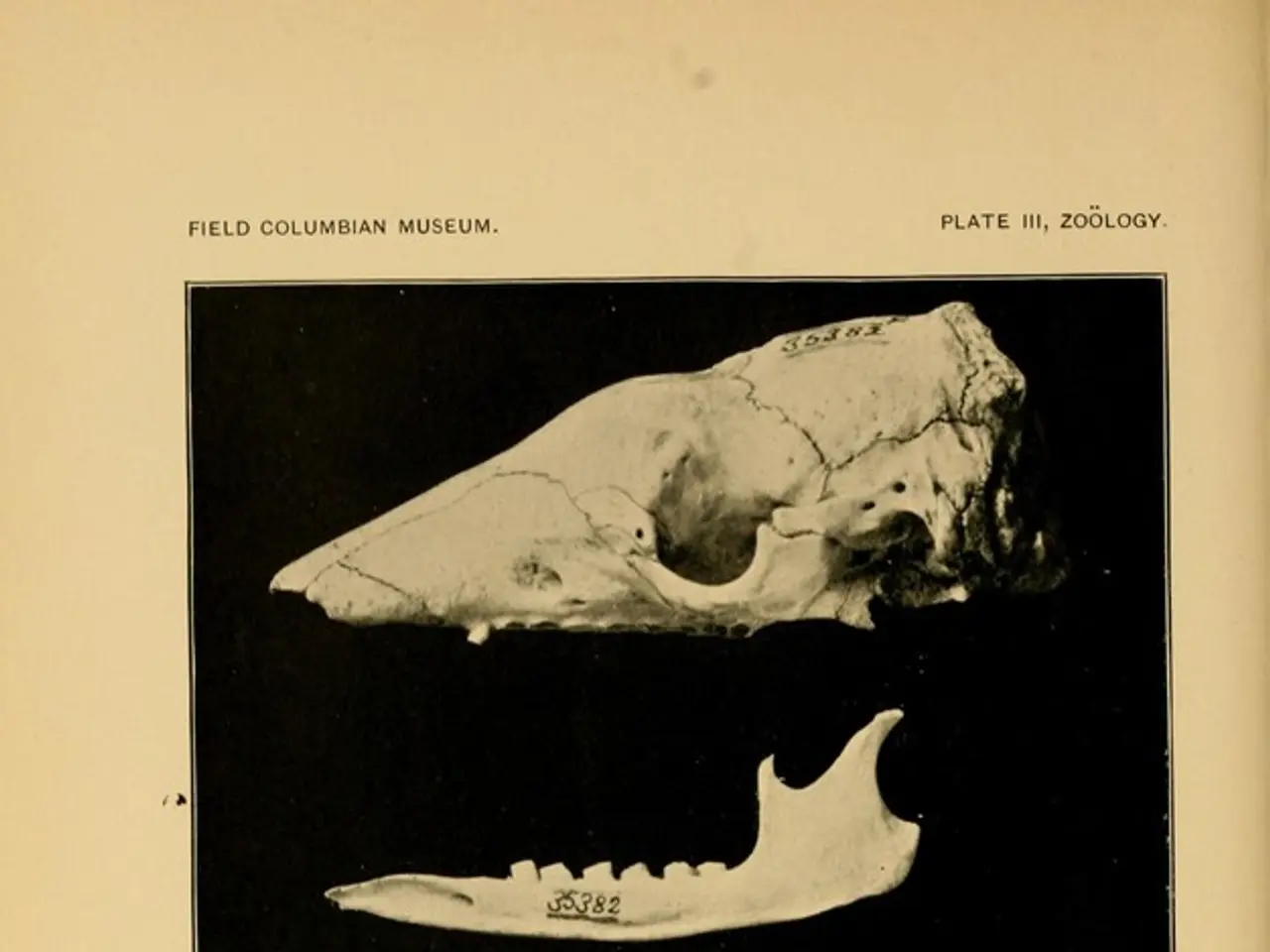Osteoporosis treatment through physical therapy: Understanding the process
Physical therapy plays a crucial role in the prevention and management of osteoporosis, a condition characterised by weakened bones and an increased risk of fractures.
Research has shown that certain exercises, primarily weight-bearing, muscle-strengthening, and balance and coordination exercises, can help reduce the risk of falls and fractures in people with osteoporosis.
Weight-bearing exercises, such as walking, hiking, and low-impact aerobics, make bones work against gravity, stimulating bone formation and slowing bone loss. Muscle-strengthening exercises, using free weights, resistance bands, or body-weight exercises, enhance bone density by stressing the bones through muscle contractions and improve balance and posture. Balance and coordination exercises, like tai chi and targeted balance training, help reduce falls by improving stability and coordination.
High-intensity resistance and impact training, as shown in the LIFTMOR trial, can significantly improve bone mineral density in older adults at risk of osteoporosis, particularly for the lumbar spine and femoral neck. However, for many older adults or those with health limitations, a gradual approach starting with low-impact, lower-intensity exercises is advised.
Guidelines recommend at least 30 minutes of weight-bearing activity most days of the week, muscle-strengthening exercises 2-3 times per week, and incorporation of balance and flexibility training regularly. All exercise programs should be tailored and progressed under professional supervision for safety and effectiveness.
For those with osteoporosis, it's important to avoid exercises that twist or overexert the spine, such as sit-ups or golf, and activities with a high risk of falling and injury, such as horseback riding, contact sports, and snowboarding.
Medicare covers physical therapy for osteoporosis, as long as the physical therapist accepts Medicare and the treatment is medically necessary. Some insurance providers may require a doctor's referral for physical therapy coverage.
The American Physical Therapy Association (APTA) provides a free online directory to find registered physical therapists. A person can also get a referral for a physical therapist from a doctor.
In addition to physical therapy, other treatments for osteoporosis include lifestyle changes, such as a diet rich in vitamin D, calcium, and other nutrients, and stopping smoking. The most beneficial exercises for managing and preventing osteoporosis are weight-bearing aerobic exercises and resistance training exercises.
A study by Benedetti MG, et al. (2018) also found that physical exercise can help improve bone density in osteoporotic patients. It's crucial for those with osteoporosis to follow their physical therapy program closely and avoid overexerting themselves or performing exercises that may put them at risk of injury.
For more information on bone health and osteoporosis, the resource "Bone health and osteoporosis (2023)" is available.
- Physical therapy, especially weight-bearing, muscle-strengthening, and balance exercises, can help reduce the risk of fractures in people with osteoporosis.
- High-intensity resistance and impact training can significantly improve bone mineral density in older adults at risk of osteoporosis.
- The American Physical Therapy Association (APTA) provides a free online directory to find registered physical therapists who can help manage osteoporosis.
- Alongside physical therapy, a diet rich in vitamin D, calcium, and other nutrients, and stopping smoking, are also key lifestyle changes beneficial for improving bone health and managing osteoporosis.




